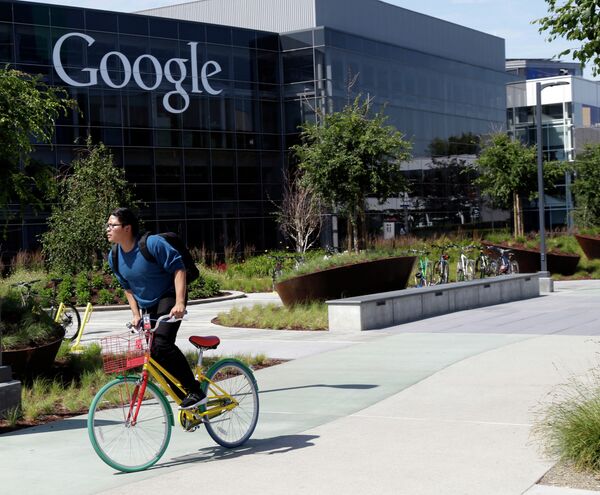Not surprisingly, it’s called FaceNet. Using a 260 million image dataset, it was accurate almost 100% of the time. And in another dataset called Labeled Faces in the Wild, which includes more than 13.000 pictures of faces from all over the Internet, the accuracy level was at about 86%.

This isn’t the first time a system uses face recognition so accurately – in fact the artificial intelligence technique it uses is called deep learning to train machines to perform even better than humans at recognizing faces — but what is different about the Google method is that not only does it recognize a face with such high accuracy, it also puts a name to that face. Additionally, it shows collections of faces that look the most similar or the most distinct.
It’s still mostly in the research phase, but supporters say it can develop into a system that can help with medical procedures, surveillance, and crime fighting, and even online dating for those so inclined.
Researchers tell Fortune magazine that it’ll likely be used first on social media sites like Facebook to “tag” photos and search for people, since the system would be able to recognize people even when the pictures aren’t labeled.


